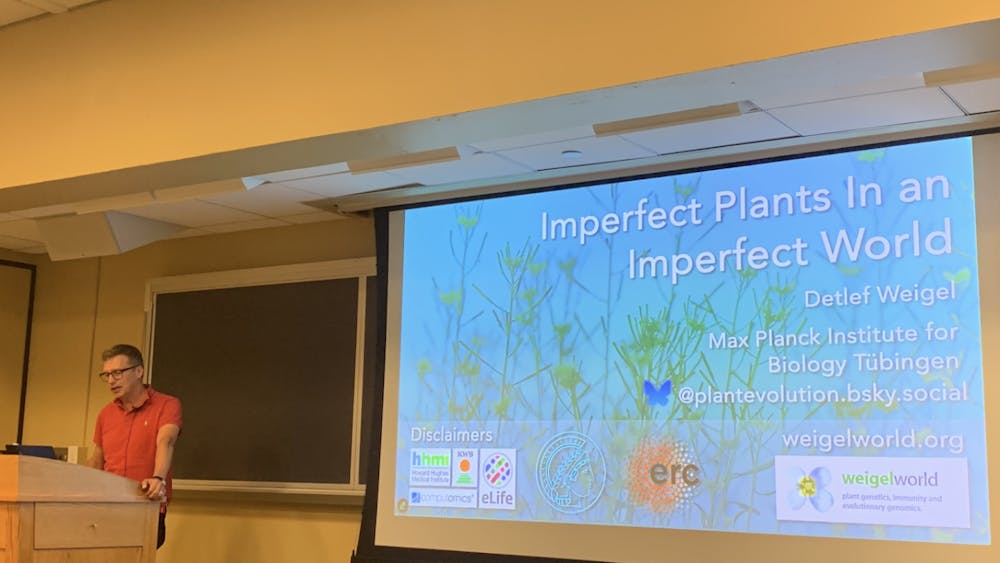Junior Andreas Jaramillo discusses his journey in computer science research
By SHAAN UDANI | December 11, 2024With the University’s reputation as a rigorous STEM environment, it is no surprise that the campus features students with robust experiences in computer science. One such student is Andreas Jaramillo, a junior majoring in Computer Science (CS). In an interview with The News-Letter, Jaramillo discussed his journey so far and his next steps in the field.

































